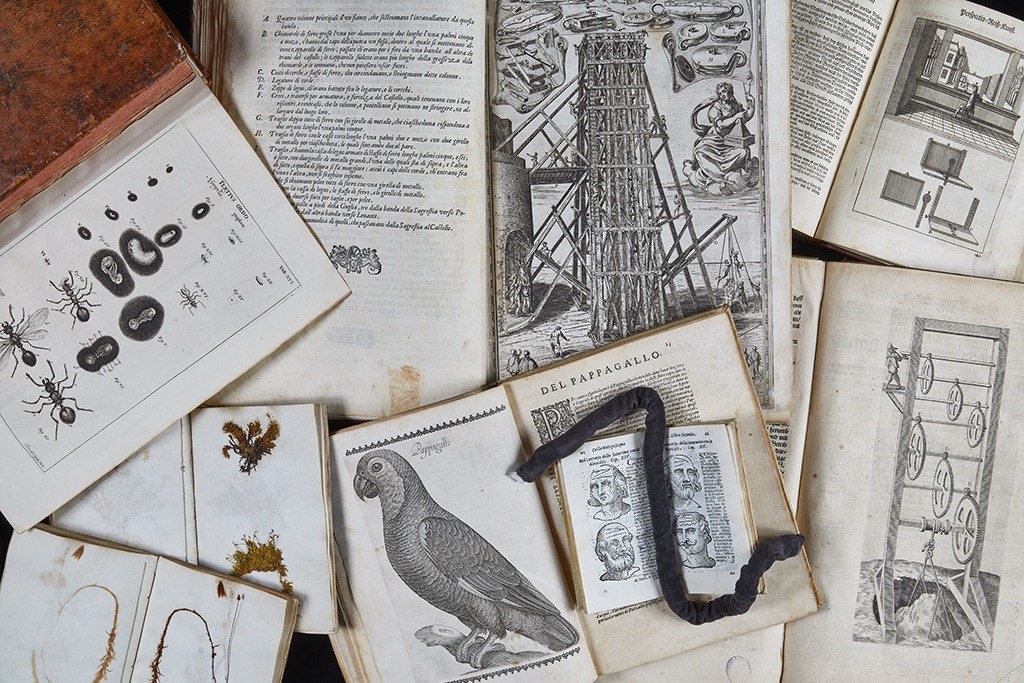
Project: Max Planck Research Group Visualizing Science in Media Revolutions
Curation: Sietske Fransen, Leendert van der Miesen, Ariella Minden
Science and art were two intertwined knowledge fields in the early modern period. Scientific practitioners, from alchemists to physicians to silversmiths, were all indebted to a combination of skill and knowledge, some learned through reading books, others by doing. In the processes of learning, reporting, and communicating this knowledge images were essential. They show us everything from diagrams that try to depict magnetic force by means of arrows, to elaborate frontispiece that provides a preview of what lies ahead for the reader.
Rather than mere “illustrations”, images were central to thinking in the early modern sciences and arts. The medium of print had a major impact on the dissemination of (visual) information, and also meant that visual strategies could travel farther and faster, and could therefore be picked across different fields and in various corners of the world almost simultaneously.
The researchers of the Max Planck Research Group Visualizing Science in Media Revolutions investigate the different ways in which science, and knowledge more broadly, was visualized in the early modern period (ca. 1500-1800). How could images help to communicate scientific knowledge and practice? What kind of things were depicted? What needs visualization? Was it based on observation, imagination, or experience, or perhaps a combination of all three? Did content or form change over time? Did the medium of the image (drawing, woodcut, intaglio print) change how the information came to be communicated?
While the sources in manuscripts, printed books, drawings, and printed images are scattered throughout Europe and beyond, a large quantity of example can also be found in the Rare Book Collection of the Bibliotheca Hertziana. It is therefore the researchers’ pleasure to bring the readers of this online exhibition to Hertziana, and showcase both the collection and the research topics.
Source: https://rarebooks.biblhertz.it/